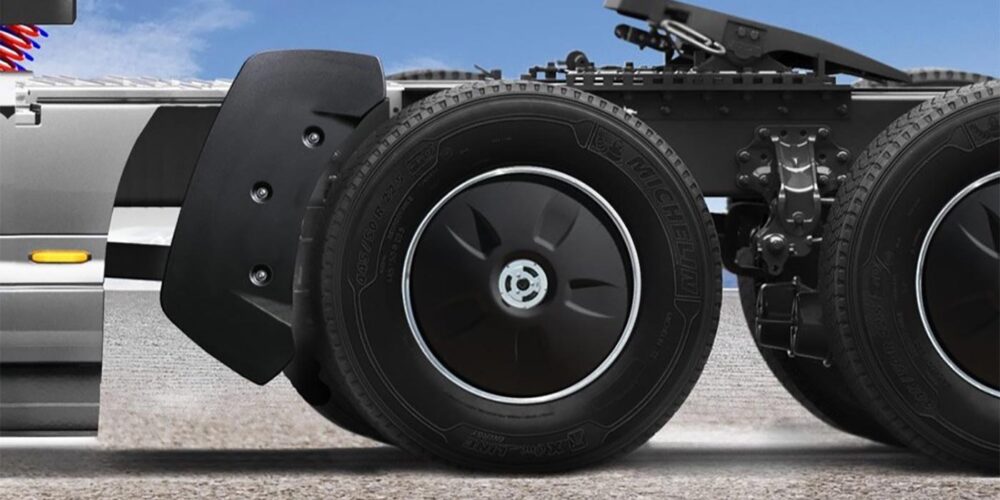Fleet managers have long struggled to find ways to increase fuel efficiency. Today’s trucks are the most sophisticated trucks to date; there are still efficiency gains to be found, but fleet managers might have to adjust how they think about where to find those gains, including rethinking some old truck traditions.
Take electrical systems, for instance—the 12-volt systems that have been used for decades are still tried and true. However, “48-volt electrical systems may represent great potential to save fuel and reduce greenhouse gas emissions,” according to a recent report published by ATA’s Technology & Maintenance Council (TMC) report titled “Exploring the Potential for 48-Volt Commercial Vehicle Electrical Systems.”
“Idle stop-start technology can help save fuel while the vehicle is motionless and torque assist can also be supplied to the engine for launch and low-speed momentary acceleration,” the report reads. “Increased energy storage and recapture of brake energy is also possible through 48-volt electrical/electronic [E/E] technology, further improving on overall efficiency.”
As prompted by the new 2017 Greenhouse Gas II (GHG) emissions legislation, “Fleets, truck OEMs and suppliers are eager to participate in the ‘green revolution,’ but there are significant challenges that will take time to overcome,” the report states.
For more insight, I spoke with Ross Froat, TMC’s manager of council for engineering and information technology, who authored the report. “The paper goes through all the challenges of industry acceptance and opportunities for new technology that would operate on 48-volt system to eliminate engine stress components which in the end reduces GHG emissions,” Froat explains. “There are all sorts of great ideas out there being tested, but there’s no one ideal solution yet. It’s an informational report, not a position paper. It’s meant to inform the industry, illustrating what the potential pitfalls would be if everyone agreed to go 48-volt.”
So what are the conclusions Froat drew in his research for this paper? One is that there is potentially long-term merit in exploring 48-volt E/E systems for more than fuel economy improvements. Froat contends that it could lead to the adoption of advanced technologies such as electronically controlled air-conditioning compressors and fully electric power steering, to name a few benefits. The second, and primary, conclusion is that a 48-volt system would “eliminate engine stress components, which in the end reduces GHG emissions.”
Moving to a 48-volt system would make trucks greener and more efficient, but it would also have its challenges. “The trucking industry moved from 6-volt to 12-volt system more than 60 years ago because the 6-volt system could no longer cope with the ever-increasing loads and efficiencies required by the new generation of vehicles.” Froat says, adding that he doesn’t think we have reached that stage yet with 12-volt systems. “In those 60 years, the industry coped with 12-volt and matured with it. At this point, everything is designed to work with it,” he adds.
This, in a nutshell, is the main obstacle for adopting 48-volt as the standard: It would require a whole lot of restructuring from an industry that has revolved around the 12-volt standard as its default for more than 60 years.
A speedy return on investment (ROI), however, would certainly ease the pain points of a 48-volt system adoption, and the report explains that if the entire industry would move to the 48-volt model, the technology would essentially pay for itself: “If the 48-volt revolution comes to pass, there will no longer need to be an ROI for the sake of complete trucking manufacturer change. It will become the adopted source of natural ROI because its purpose is to save fuel and leave less of a carbon footprint,” the report contends.
This “48-volt revolution” seems likely, if not inevitable, in the future given some of the technologies we’ve seen deployed in the SuperTruck programs. The full 26-page report can be accessed on the TMC website here.














